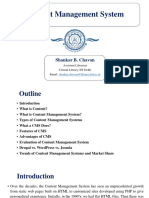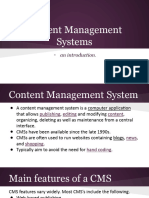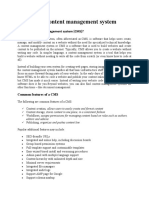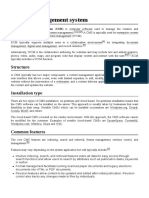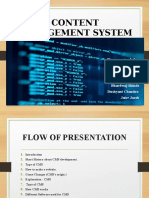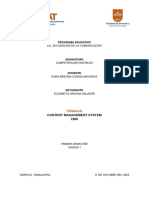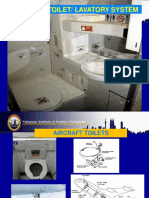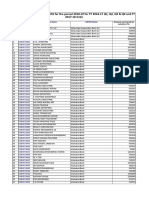0% found this document useful (0 votes)
23 views27 pagesContent Management Systems and AI in Libraries
The document provides an overview of Content Management Systems (CMS) and Artificial Intelligence (AI), detailing definitions, types, architectures, and applications in libraries. It discusses various CMS types, including traditional, decoupled, and hybrid systems, along with popular platforms like WordPress, Joomla, and Drupal. Additionally, it highlights the role of AI in library management, including cataloging, indexing, and the use of robots for assistance.
Uploaded by
edu.gautam.bhuCopyright
© © All Rights Reserved
We take content rights seriously. If you suspect this is your content, claim it here.
Available Formats
Download as PDF, TXT or read online on Scribd
0% found this document useful (0 votes)
23 views27 pagesContent Management Systems and AI in Libraries
The document provides an overview of Content Management Systems (CMS) and Artificial Intelligence (AI), detailing definitions, types, architectures, and applications in libraries. It discusses various CMS types, including traditional, decoupled, and hybrid systems, along with popular platforms like WordPress, Joomla, and Drupal. Additionally, it highlights the role of AI in library management, including cataloging, indexing, and the use of robots for assistance.
Uploaded by
edu.gautam.bhuCopyright
© © All Rights Reserved
We take content rights seriously. If you suspect this is your content, claim it here.
Available Formats
Download as PDF, TXT or read online on Scribd
/ 27







